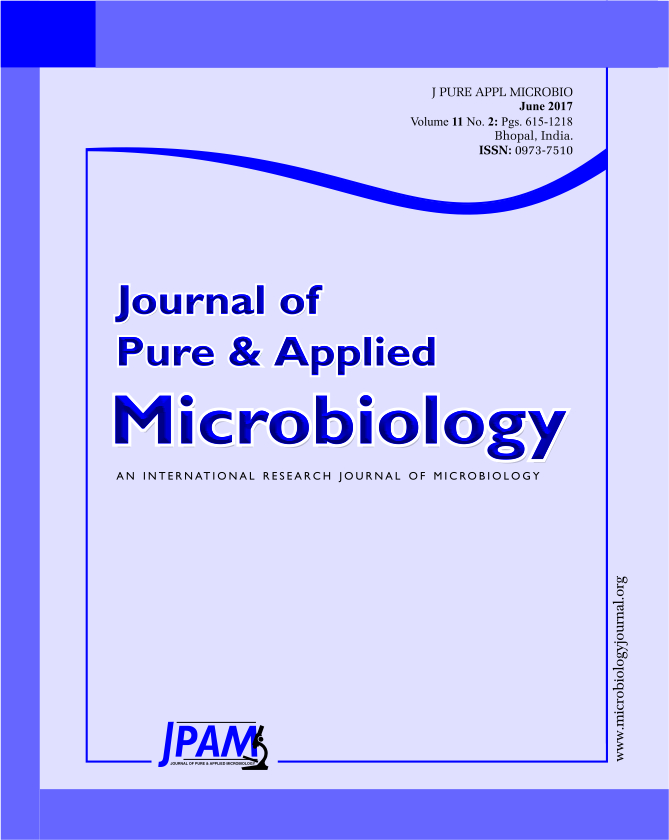In the last decade, along with the problem of nosocomial infections, multidrug-resistant bacteria in community and hospitals have soared. High frequencies of multidrug-resistant bacteria have been grouped under the acronym ESKAPE which capable of ‘escaping’ the biocidal action of antimicrobial agents. The objective of this study is to consider molecular characterization of resistance genes in ESKAPE pathogens. In this study, three hundred and eighty four bacteria were isolated from clinical samples in Loghman-Hakim Hospital, Tehran, Iran. MDR strains reported through disk diffusion method based on CLSI guidline. Molecular characterization of resistance genes were examined by PCR method. The prevalence of MDR-strains of Enterococcus faecium, Staphylococcus aureus, Klebsiella pneumoniae, Acinetobacter baumannii, Pseudomonas aeruginosa, Enterobacter spp. were 3(9.09%), 17(23.3%), 11(11.22%), 18(18.36%), 9(18.91%), 4(5.8%), respectively. The most prevalence of resistant genes in ESKAPE bacteria were following as:vanA 40.90%,vanB 22.72% in Enterococcus faecium;mecA24.65%,vanA4.11%, vanB1.37%in Staphylococcus aureus;bla TEM 28.57,blaKPC 12.24% in Klebsiella pneumonia;blaSHV 56.75%,blaVIM 32.43%,bla TEM 29.73 %in Acinetobacter baumannii; blaSHV 44.70%,bla OXA 55.29%,blaVEB 74.11%,blaVIM 62.35%,blaPER 62.35%,Mex-A 74.11% ,Mex-B 81.17%, Mex-R76.47% , blaPER 62.35% in Pseudomonas aeruginosa; bla TEM 39.13%, blaSHV 33.33% in Enterobacter spp. Knowledge of resistance genes prevalence in ESKAPE pathogens is necessary to prepare feasible data about tracing and treatment of infection related to these microorganisms that may be beneficial to clinicians to select a convenient empirical therapeutic diet in diseases due to ESKAPE pathogens at the bedhead. It is recommended that healthcare-associated, community-acquired, and nosocomial infections to be clearly considered annually.
Molecular characterization, Resistance genes, ESKAPE pathogens.
© The Author(s) 2017. Open Access. This article is distributed under the terms of the Creative Commons Attribution 4.0 International License which permits unrestricted use, sharing, distribution, and reproduction in any medium, provided you give appropriate credit to the original author(s) and the source, provide a link to the Creative Commons license, and indicate if changes were made.


